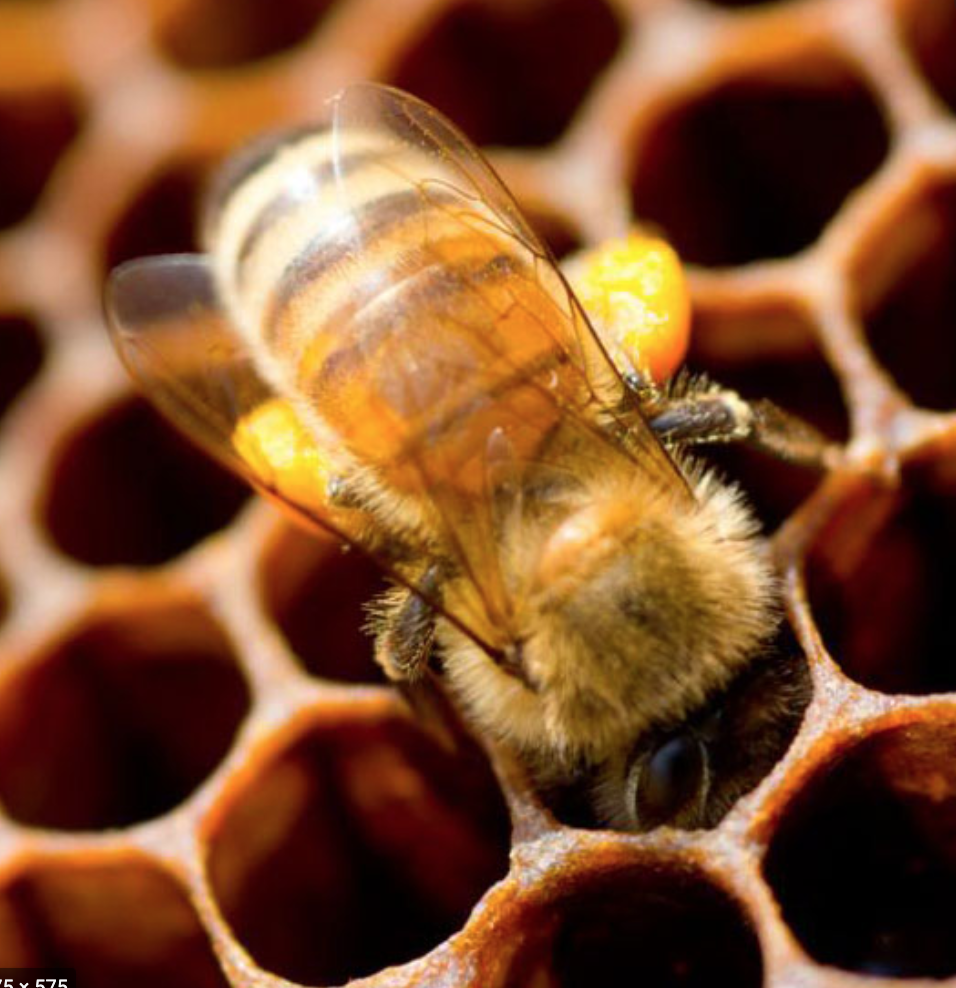Bee relocation involves moving hives that contain live bees from one place to another. Relocating bees involves protecting the hive and the bees. Professional relocations involve trained and qualified pest control specialists that have experience in safely and humanely removing bee hives from homes and businesses.
Relocating A Swarm Or Colony Of Bees
When moving beehives from one location to another, there are a few factors that need to be considered. The main considerations include reducing any stress placed on the swarm of bees and to avoid unpleasant surprises.
General Tips For Relocating Bees
Most bee removal experts will usually not suggest trying to relocate a beehive during the day. After sunset or before the sun rises is a better option since the bees are usually less active at these times and in most cases, they have all returned to the hive. Many of the worker foraging bees will be lost if you try to relocate a hive during daylight hours.
It is also important to try and avoid relocating a hive on hot or warm days. The ideal temperature range is usually between 7°C and 16°C. If the bees have been relocated to another location on a warm or hot day, they will start to look for water. Condensation present in a hive will only build-up in lower temperatures and this is used as the bees water source. On hot or warm days the bees are forced to look for water outside of the hive.
Before bee removal experts move a hive they will ensure that the bees are unable to escape during transport. The two methods generally used are flywire screens or closing the entrance off with duct tape (only used in cool weather and when the hive is well-ventilated).
On arrival at another location, the bee removal technician will use a stand to make sure the hive is not touching the ground. This ensures that there is enough air-circulation and preserves the wood. Moisture is among the largest enemies for hives and bees.
How Do Bee Removal Experts Relocate Bees?
When a bee nest or hive is found, the very first step in the process for bee relocation is to establish the size and complexity involved to remove the bees. This may involve pulling back carpets, drilling into drywall, or any other type of light demolition. From here the bee removal technician will formulate a plan for the extraction of the bees.
During the process of removing bees, they are usually vacuumed into a storage bin. The hive will then be removed along with the honeycombs. The combs are then transplanted onto a frame inside the beehive box.
The hives are usually moved to a safe location or bee farms where they can continue to thrive in an area where they are safe and away from humans. After removing the bees, your home will be sealed and repaired to prevent new bees from building a nest in or around your home. Relocating bees is a humane and eco-friendly method to remove bees from places where they may be a danger to humans.
